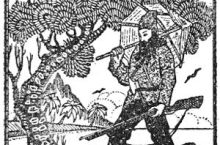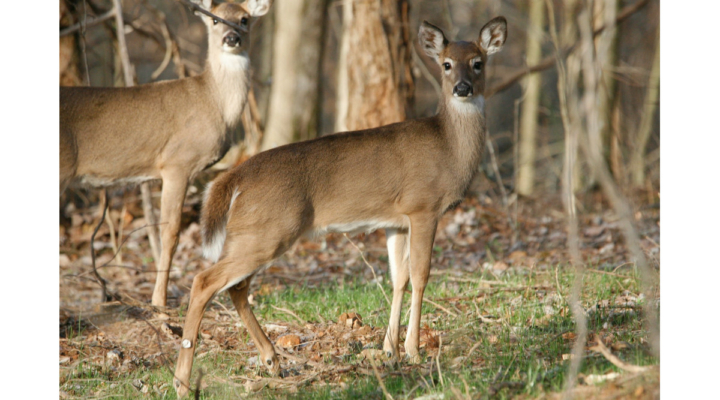The Georgia Department of Natural Resources’ (DNR) Wildlife Resources Division (WRD) has confirmed through the United States Department of Agriculture’s National Veterinary Services Laboratories that a hunter-harvested deer sampled for routine surveillance in Lanier County has tested positive for Chronic Wasting Disease (CWD). This is the first case of CWD detected in Georgia. The critical […]


The Georgia Department of Natural Resources’ (DNR) Wildlife Resources Division (WRD) has confirmed through the United States Department of Agriculture’s National Veterinary Services Laboratories that a hunter-harvested deer sampled for routine surveillance in Lanier County has tested positive for Chronic Wasting Disease (CWD). This is the first case of CWD detected in Georgia.
The critical next step is to determine the geographic extent and prevalence rate in that Management Area (i.e., how far it has spread and what percent of deer have CWD). The Department will do that with landowner cooperation through “cluster sampling” in the immediate area.
The DNR CWD Response Plan is in effect and a CWD Management Area is established. The CWD Management Area includes the county where the positive sample was found and any county that touches a 5-mile radius around the location of the positive sample. The current CWD Management Area includes Lanier and Berrien counties.
· Report sick or abnormal deer to your nearest WRD Game Management Office.
What is CWD?
“I want to assure our hunters that deer hunting will continue to thrive in Georgia, despite this current discovery,” said Walter Rabon, Commissioner of the Georgia Department of Natural Resources. “Working together with our hunters and all Georgians, we will manage CWD and maintain healthy deer herds.”
The Georgia DNR with its partners – Georgia Department of Agriculture and the Southeastern Cooperative Wildlife Disease Study – will continue to update the public as more information becomes available.
How You Can Help Prevent Spread
Utah, Virginia, Washington, West Virginia, Wisconsin, Wyoming as well as Canadian provinces Alberta, Quebec, and Saskatchewan.
· Don’t move live deer. Moving live deer is the greatest risk for introducing CWD to new areas.
CWD was first discovered in 1967 in Fort Collins, Colorado. CWD is a fatal neurological disease of deer, elk, and moose caused by infectious, misfolded proteins called prions. There are no current treatments or preventative vaccines.
CWD in deer, elk ,and/or moose has been reported in 36 states and 3 Canadian provinces: Alabama, Arkansas, California, Colorado, Florida, Georgia, Idaho, Illinois, Indiana, Iowa, Kansas, Kentucky, Louisiana, Maryland, Michigan, Minnesota, Mississippi, Missouri, Montana, Nebraska, New Mexico, New York, North Carolina, North Dakota, Ohio, Oklahoma, Pennsylvania, South Dakota, Tennessee, Texas,
There is no known transmission of CWD to humans. However, the Centers for Disease Control and Prevention (CDC) recommends that hunters harvesting a deer, elk, or moose from an area where CWD is known to be present have their animal tested for CWD prior to consuming the meat and do not consume the meat if the animal tests positive.
What is Being Done?
· Dispose of carcasses properly and don’t bring whole carcasses into Georgia from out of state or move whole carcasses outside the CWD Management Area. Any carcass parts you don’t intend to consume should be left on the property the deer was killed, sent to a landfill, or buried.
The sample was taken from a two-and-a-half-year-old male white-tailed deer harvested on private property. Immediately following the positive confirmation, WRD staff implemented the CWD Response Plan and are taking additional samples from the area.
For more information on Chronic Wasting Disease, visit https://georgiawildlife.com/CWD.














